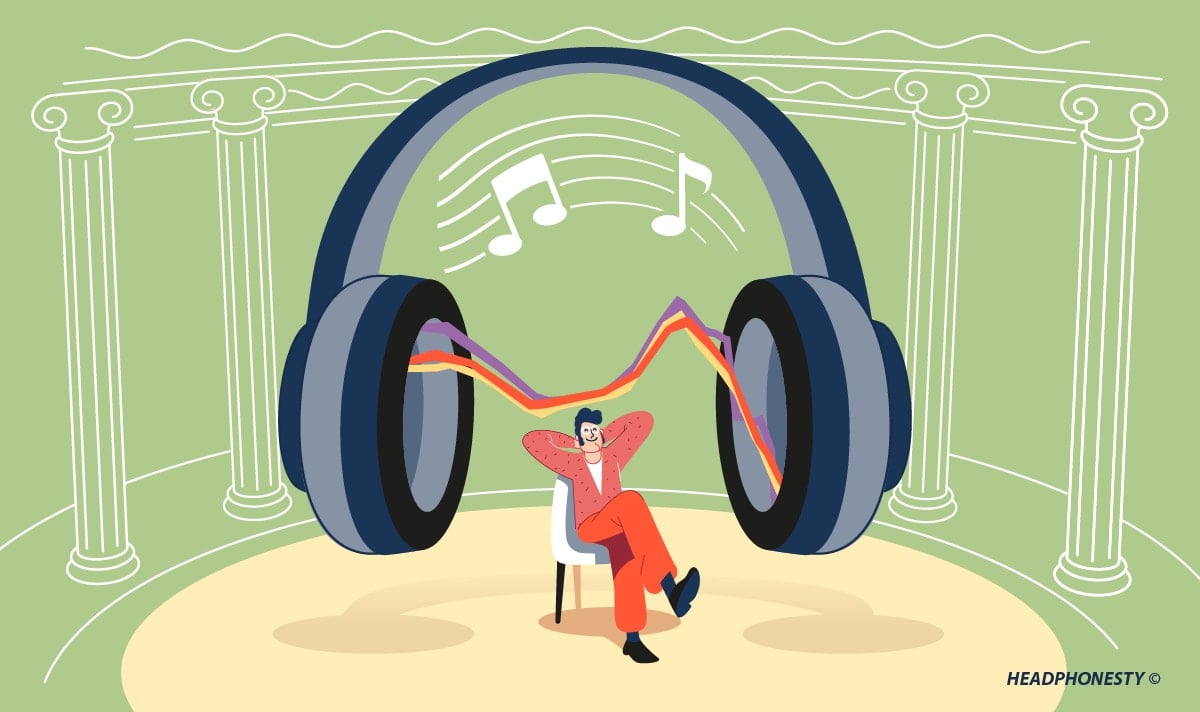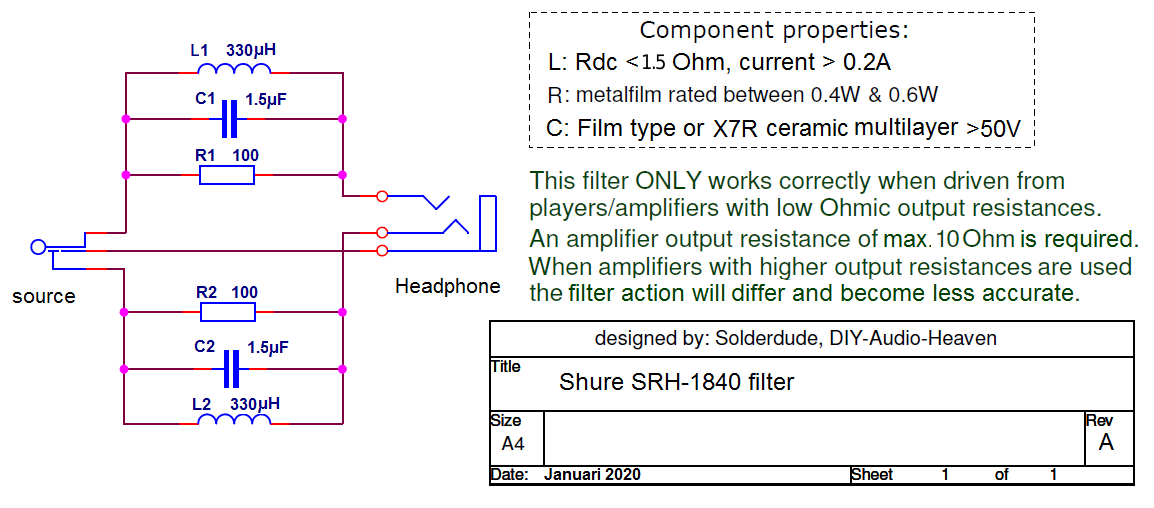auraluxstudio
Active Member
- Joined
- Oct 22, 2020
- Messages
- 101
- Likes
- 112
What are the most flattest/most accurate headphones that would be the best for mixing and mastering music?
Flat from 20Hz-20k. A straight 3 dB tilt downward is what I prefer on studio monitors.If there was only a target we all agreed on - then there would be an answer to your question... But as is... You will need to tell us the target curve you think is the right one.
Bad news is that any headphone that's flat (=Harman) out of the box is closed-back and therefore has highly volatile response depending on seal. So while it may be flat on a GRAS HATS, it could be all sorts of things on an actual human head.What are the most flattest/most accurate headphones that would be the best for mixing and mastering music?
A headphone with an uncompensated, slightly downward tilted flat response from 20Hz to 20kHz as described above won’t sound anything like speakers with the same frequency response. What you really want is a headphone that adheres to one of the common target curves such as the Harman OE; this will get you much closer to the sound of a good speaker in a good room. The Dan Clark Expanse is one (pricey) example of what you’re looking for.Flat from 20Hz-20k. A straight 3 dB tilt downward is what I prefer on studio monitors.

 www.audiosciencereview.com
www.audiosciencereview.com

 www.headphonesty.com
www.headphonesty.com
SoundOnSound engineers like lots of phones including Shure SRH1840, which they have specifically called out for mixing and mastering use. The last time I looked at the Sonarworks headphone response website, it had about the flattest response of the headphones measured. With the Sonarworks correction filters I purchased not engaged, the SRH1840 to my ears are very accurate (the improvement with the filters in was slight, definitely there but subtle.).What are the most flattest/most accurate headphones that would be the best for mixing and mastering music?
When Sonarworks says a headphone is “flat”, what they‘re actually saying is that the headphone adheres closely to their house target curve, which has the 3K boost like most targets. The Sonarworks target is supposedly very similar to Harman 2015, but with an octave lower bass shelf.SoundOnSound engineers like lots of phones including Shure SRH1840,which they have specifically called out for mixing and mastering use. The last time I looked at the Sonarworks headphone response website, it had about the flattest response of the headphones measured. With the Sonarworks correction filters engaged, the SRH1840 to my ears are very accurate (but the improvement with the filters in was very slight).
SoundOnSound engineers like lots of phones including Shure SRH1840, which they have specifically called out for mixing and mastering use. The last time I looked at the Sonarworks headphone response website, it had about the flattest response of the headphones measured. With the Sonarworks correction filters I purchased not engaged, the SRH1840 to my ears are very accurate (the improvement with the filters in was slight, definitely there but subtle.).
They are reasonably comfortable and so transparent that you forget you have them on.

I don’t disagree, though I do think headphones can be a useful tool when used in conjunction with speakers.Mix and master on speakers.
It's somewhat possible, but keep in mind that the head/torso also affects FR. And, you'd need to get a scan / mold of the entire ear all the way up your ear canal. I am not sure that nobody ever does this, but as you might imagine it's not a common practice.Is it possible to 3D scan and print your ears and then use a microphone in the canal and see what gives you the closest flat response in your ear? Or would you EQ a speaker to be flat to mic and then record that speaker EQ through the 3D printed ear?
It's somewhat possible, but keep in mind that the head/torso also affects FR. And, you'd need to get a scan / mold of the entire ear all the way up your ear canal. I am not sure that nobody ever does this, but as you might imagine it's not a common practice.
However, you can get microphones that go in your ears, although I don't know how accurate they are.
What are the most flattest/most accurate headphones that would be the best for mixing and mastering music?
That's reasonable. My suggestion is demo as many headphones as possible, if you are used to listening critically you will hear what sounds correct to you. Headphones can't be one size fits all, even some of the individualized solution suggested fail because individual fit is a too large factor. If you need a place to start look at ones near the top of this statistical rankings list: https://github.com/jaakkopasanen/AutoEq/blob/master/results/RANKING.mdI don’t disagree, though I do think headphones can be a useful tool when used in conjunction with speakers.
I am looking at their measured frequency response not what they say.When Sonarworks says a headphone is “flat”, what they‘re actually saying is that the headphone adheres closely to their house target curve, which has the 3K boost like most targets. The Sonarworks target is supposedly very similar to Harman 2015, but with an octave lower bass shelf.
